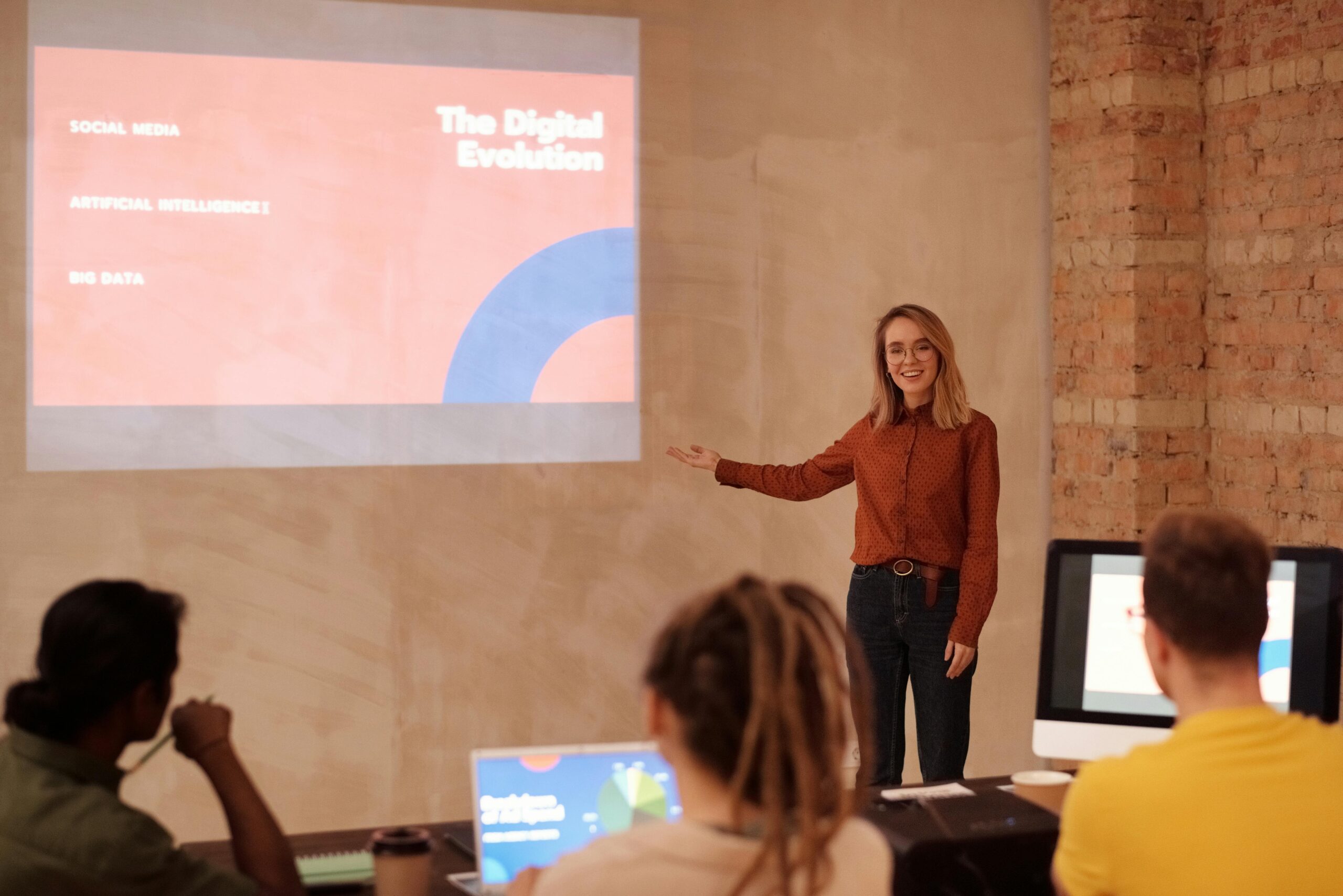Big data is transforming biomedicine at an unprecedented pace, driving breakthroughs in disease diagnosis, drug discovery, and personalized treatments through computational power and artificial intelligence.
🧬 The Data Revolution in Modern Healthcare
The biomedical field is experiencing a seismic shift as researchers harness massive datasets to uncover patterns invisible to traditional analysis methods. From genomic sequencing that generates terabytes of information per patient to real-time monitoring devices tracking millions of health metrics, the volume of biomedical data has exploded exponentially over the past decade.
Healthcare organizations worldwide now collect approximately 2,314 exabytes of data annually, with projections suggesting this figure will double every two years. This data deluge represents both an enormous challenge and an extraordinary opportunity for scientists, clinicians, and pharmaceutical companies seeking to revolutionize patient care.
The convergence of advanced computing infrastructure, machine learning algorithms, and cloud storage has created an ecosystem where data-driven discoveries are not just possible but increasingly routine. Researchers can now analyze complete genomic sequences in hours rather than years, identify drug candidates from millions of molecular compounds, and predict disease progression with remarkable accuracy.
📊 Types of Big Data Reshaping Biomedical Research
Biomedical big data encompasses several distinct categories, each contributing unique insights to our understanding of human health and disease mechanisms.
Genomic and Molecular Data
The human genome contains approximately three billion base pairs, and sequencing technologies now allow researchers to decode entire genomes for less than $1,000. This genomic revolution has spawned massive databases containing genetic information from millions of individuals, enabling researchers to identify disease-causing mutations, understand inherited conditions, and develop targeted therapies.
Beyond DNA sequencing, transcriptomics, proteomics, and metabolomics generate additional layers of molecular data that reveal how genes are expressed, which proteins are produced, and how metabolic pathways function under various conditions. These multi-omics approaches provide comprehensive molecular portraits of health and disease states.
Clinical and Electronic Health Records
Electronic health record (EHR) systems contain detailed longitudinal data about patient encounters, diagnoses, medications, laboratory results, and treatment outcomes. When aggregated across healthcare systems, these records represent billions of data points that can illuminate treatment effectiveness, adverse drug reactions, and disease trajectories.
Mining EHR data has revealed unexpected drug interactions, identified high-risk patient populations, and optimized treatment protocols. The integration of structured data (diagnostic codes, lab values) with unstructured information (physician notes, radiology reports) through natural language processing has unlocked even deeper insights.
Medical Imaging and Diagnostic Data
Advanced imaging technologies including MRI, CT scans, and digital pathology generate high-resolution visual data that contains subtle patterns detectable by artificial intelligence but invisible to human observers. Deep learning models trained on millions of images can now identify cancerous lesions, predict Alzheimer’s disease years before symptom onset, and assess cardiovascular risk with superhuman accuracy.
🔬 Transformative Applications Across the Biomedical Landscape
The practical applications of big data analytics in biomedicine extend across the entire healthcare continuum, from basic research to clinical practice and public health interventions.
Accelerating Drug Discovery and Development
Traditional drug development typically requires 10-15 years and costs over $2.6 billion per approved medication. Big data analytics is dramatically compressing these timelines and reducing failure rates by enabling virtual screening of millions of molecular compounds, predicting drug-target interactions, and identifying patient populations most likely to benefit from specific therapies.
Machine learning algorithms can analyze chemical structures, biological pathways, and clinical trial data to predict which drug candidates will demonstrate efficacy and acceptable safety profiles. This computational approach has identified promising treatments for conditions ranging from rare genetic disorders to common cancers, sometimes repurposing existing medications for new indications.
The COVID-19 pandemic showcased big data’s potential when researchers rapidly analyzed viral genomic sequences, modeled protein structures, and screened existing drug libraries to identify therapeutic candidates in mere months rather than years.
Precision Medicine and Personalized Treatment
The one-size-fits-all approach to medicine is giving way to precision strategies that tailor treatments to individual patient characteristics. By integrating genomic data, clinical history, lifestyle factors, and environmental exposures, physicians can now predict which patients will respond to specific medications and which will experience adverse effects.
Oncology has emerged as a leading field for precision medicine implementation. Tumor genomic profiling identifies specific mutations driving cancer growth, allowing oncologists to select targeted therapies that attack cancer cells while sparing healthy tissue. Patients with previously untreatable cancers now achieve remission through treatments selected based on their tumor’s molecular signature.
Pharmacogenomics uses genetic information to optimize medication selection and dosing, preventing adverse drug reactions that hospitalize millions of patients annually and cost healthcare systems billions of dollars. Simple genetic tests can determine whether patients metabolize medications rapidly or slowly, guiding appropriate dose adjustments.
Disease Prediction and Early Detection
Predictive analytics leverages historical patient data to identify individuals at elevated risk for developing specific conditions, enabling preventive interventions before disease manifests. Machine learning models can predict diabetes onset years in advance, identify patients at risk for hospital readmission, and forecast which individuals will develop complications from chronic conditions.
Early detection represents another powerful application. AI algorithms analyzing retinal scans can detect diabetic retinopathy, cardiovascular disease, and neurodegenerative conditions years before conventional diagnostic approaches. These capabilities transform screening programs and enable interventions when treatments are most effective.
💡 Key Technologies Powering Biomedical Big Data Analytics
Several technological innovations work synergistically to extract meaningful insights from vast biomedical datasets.
Artificial Intelligence and Machine Learning
Machine learning algorithms excel at identifying complex patterns within high-dimensional data that exceed human cognitive capacity. Supervised learning techniques train models to classify diseases, predict outcomes, and recommend treatments based on labeled training data. Unsupervised approaches discover hidden patterns and patient subgroups without predetermined categories.
Deep learning, a subset of machine learning inspired by neural networks in the human brain, has achieved breakthrough performance in image recognition, natural language processing, and genomic analysis. Convolutional neural networks process medical images with diagnostic accuracy matching or exceeding expert radiologists and pathologists.
Cloud Computing and Distributed Systems
The computational demands of analyzing petabyte-scale biomedical datasets exceed the capacity of traditional infrastructure. Cloud computing platforms provide scalable, on-demand resources that enable researchers worldwide to access powerful computational tools without massive capital investments.
Distributed computing frameworks process data across thousands of servers simultaneously, reducing analysis time from weeks to hours. This democratization of computational power has accelerated research at institutions lacking dedicated supercomputing facilities.
Data Integration and Interoperability Platforms
Biomedical data exists in heterogeneous formats across disparate systems, creating integration challenges. Standardized ontologies, data exchange protocols, and interoperability frameworks enable different datasets to communicate and combine, multiplying analytical possibilities.
Federated learning approaches allow algorithms to train on distributed datasets without centralizing sensitive patient information, addressing privacy concerns while enabling large-scale collaborative research.
🚧 Navigating Challenges and Ethical Considerations
Despite tremendous promise, big data in biomedicine faces significant technical, ethical, and regulatory challenges that must be addressed to realize its full potential.
Data Quality and Standardization
Biomedical data often contains errors, inconsistencies, and missing values that compromise analytical accuracy. Different institutions use varying coding systems, measurement units, and documentation practices, creating integration difficulties. Establishing data quality standards and harmonization protocols remains an ongoing challenge.
Bias in training data can perpetuate health disparities when algorithms perform poorly for underrepresented populations. Ensuring diverse, representative datasets is essential for equitable AI applications in healthcare.
Privacy and Security Imperatives
Biomedical data contains highly sensitive personal information requiring robust protection. Data breaches could expose genetic predispositions, mental health histories, and other private details with serious consequences for individuals.
Anonymization techniques attempt to protect patient privacy while preserving analytical utility, but re-identification risks persist. Differential privacy, homomorphic encryption, and secure multi-party computation offer promising solutions that balance privacy protection with research needs.
Regulatory frameworks like HIPAA in the United States and GDPR in Europe establish privacy requirements, but technological advances often outpace regulatory adaptation, creating uncertainty for researchers and healthcare organizations.
Interpretability and Clinical Trust
Many powerful machine learning models function as “black boxes,” making predictions without transparent explanations. Clinicians hesitate to trust algorithmic recommendations they cannot understand, particularly when patient safety is at stake.
Explainable AI techniques aim to make model decisions interpretable, showing which factors influenced specific predictions. Building clinical trust requires rigorous validation, transparent performance reporting, and integration into clinical workflows that preserve physician autonomy.
🌍 Real-World Success Stories Demonstrating Impact
Numerous initiatives have demonstrated big data’s transformative potential in biomedical research and clinical care.
The UK Biobank project collected genetic, lifestyle, and health data from 500,000 participants, enabling thousands of research studies that have identified genetic risk factors for common diseases, revealed gene-environment interactions, and accelerated drug target discovery.
Google’s DeepMind developed AlphaFold, an AI system that predicts protein structures with atomic accuracy. This breakthrough solved a 50-year-old challenge in biology and has accelerated drug design, enzyme engineering, and our understanding of disease mechanisms.
Memorial Sloan Kettering Cancer Center implemented Watson for Oncology, an AI system that analyzes medical literature and patient data to recommend evidence-based cancer treatments. While facing some implementation challenges, this initiative demonstrated how AI can synthesize vast medical knowledge to support clinical decision-making.
The All of Us Research Program aims to collect data from one million Americans, creating one of the world’s most diverse biomedical databases. This initiative prioritizes inclusion of historically underrepresented populations to ensure research benefits all communities equitably.
🔮 Future Directions and Emerging Opportunities
The future of big data in biomedicine promises even more dramatic advances as technologies mature and datasets expand.
Real-Time Health Monitoring and Intervention
Wearable devices and implantable sensors generate continuous streams of physiological data, enabling real-time health monitoring and just-in-time interventions. Future systems will detect disease exacerbations before patients experience symptoms, triggering automated alerts to healthcare providers or adjusting medication delivery automatically.
Digital biomarkers derived from smartphone sensors, voice patterns, and behavioral data offer non-invasive ways to monitor mental health conditions, neurological diseases, and chronic illnesses between clinical visits.
Multi-Modal Data Fusion
Integrating genomic, clinical, imaging, environmental, and social determinants data will create holistic patient models that capture health complexity more completely than any single data type. Multi-modal AI systems that synthesize these diverse information sources will enable more accurate predictions and comprehensive treatment recommendations.
Democratizing Access and Global Health Applications
As computational costs decline and mobile connectivity expands, big data analytics will increasingly benefit low-resource settings where disease burdens are often highest. AI-powered diagnostic tools running on smartphones could bring expert-level medical analysis to remote regions lacking specialist physicians.
Global disease surveillance systems analyzing social media, search queries, and mobility data can detect outbreaks earlier, track pathogen evolution, and optimize intervention strategies to prevent pandemics.

🎯 Building a Data-Driven Biomedical Future
Realizing big data’s full potential requires coordinated efforts across multiple stakeholders. Researchers need continued investment in computational infrastructure, algorithm development, and collaborative data-sharing initiatives. Healthcare organizations must modernize electronic systems, implement interoperability standards, and integrate analytics into clinical workflows.
Policymakers should establish frameworks that protect privacy while enabling responsible data use, incentivize data sharing, and ensure equitable access to advanced technologies. Educational institutions must train the next generation of biomedical data scientists who understand both computational methods and biological systems.
Patients themselves have essential roles as data generators, research participants, and advocates for transparent, ethical data practices. Patient engagement in study design and governance ensures research addresses priorities that matter most to those living with diseases.
The convergence of big data analytics and biomedical research represents one of the most profound scientific transformations in human history. By unlocking patterns hidden within massive datasets, we are fundamentally changing how we understand, diagnose, treat, and prevent disease. The journey has only just begun, and the discoveries ahead promise to extend lifespans, improve quality of life, and deliver on the long-standing vision of truly personalized, predictive, and preventive medicine for all.
Success requires balancing innovation with caution, harnessing technological power while upholding ethical principles, and ensuring that data-driven advances benefit diverse populations equitably. As computational capabilities continue expanding and biomedical datasets grow richer, the opportunities for transformative discoveries multiply. The power of big data in biomedicine is not simply about processing information—it’s about translating data into wisdom, insights into actions, and knowledge into healing.
Toni Santos is a deep-biology researcher and conscious-evolution writer exploring how genes, microbes and synthetic life inform the future of awareness and adaptation. Through his investigations into bioinformatics, microbiome intelligence and engineered living systems, Toni examines how life itself becomes a field of awakening, design and possibility. Passionate about consciousness in biology and the evolution of living systems, Toni focuses on how life’s architecture invites insight, coherence and transformation. His work highlights the convergence of science, philosophy and emergent life — guiding readers toward a deeper encounter with their living world. Blending genetics, systems biology and evolutionary philosophy, Toni writes about the future of living systems — helping readers understand how life evolves through awareness, integration and design. His work is a tribute to: The intertwining of biology, consciousness and evolution The emergence of microbial intelligence within and around us The vision of life as designed, adaptive and self-aware Whether you are a scientist, thinker or evolving being, Toni Santos invites you to explore the biology of tomorrow — one gene, one microbe, one awakening at a time.




